A book written about trees?! Those boring, green-and-brown things that don’t do anything except to stand there? That, at best, offer some shade or a suitable place to put a hammock?
Well, sure! The thing is, trees aren’t as boring as you might assume. Or are you already aware that they possess their own type of electric internet that allows them to notify friends and families, from miles away, about an insect invasion? Or that, when there’s not sufficient nitrogen in the ground, they work together with fungi? Or that, they possess diverse personalities and decide when to drop their leaves?
Now you can see, there is so much to find out in the woods. In their million-year-long history, trees have grown amazing skills that assist them in the lifetime wrestle to secure water, nutrients, and light. They have taken up the craziest ecological niches and have formed friendships, resentments, and alliances with all other possible living things.
Nobody is more appropriate to tell you this whole thing than Peter Wohlleben, who has used his whole life among the trees. When he was a child, he already wished to work in environmental protection, and at the moment has worked for over 30 years with trees. He practices a natural form of forestry that is fertile and humane – the one that he’s improved with his unbelievable eye for information and his huge factual understanding. His admiration of the woods and its dwellers is clear in all the lines that he writes. In these book chapters, follow him on a journey through the forest that will make you see our green friends in a completely new dimension.

Chapter 1 – Our planet’s lungs: Trees play a significant part in worldwide water and carbon dioxide cycles.
Before going into the interesting skills of trees, let’s examine briefly at their overall significance.
Humanity owes them a whole lot: tree clean the air we breathe and assist guarantee the availability of water, even in the globe’s most remote areas. As a matter of fact, without trees, human beings would not be able to live.
Without trees, huge swathes of the earth would dry out. As you most likely remember from school, the manner the global water cycle function is that water evaporates from the oceans, this water then condenses into clouds and it is blown onto dry land, where it then rains down and drops into streams and rivers that flow back into the ocean.
But, this direct explanation forgets one significant fact: without the existence of trees, all clouds would rain down within 600 kilometers of the coast, making the inner reaches of continents bone dry. Trees basically serve as huge water pumps, transporting water more inland. When rain falls in a forest close to the coast, a lot of rain stays on the leaves of trees and the forest floor. Then, this water evaporates, making new clouds that find their route more inland, where they rain down.
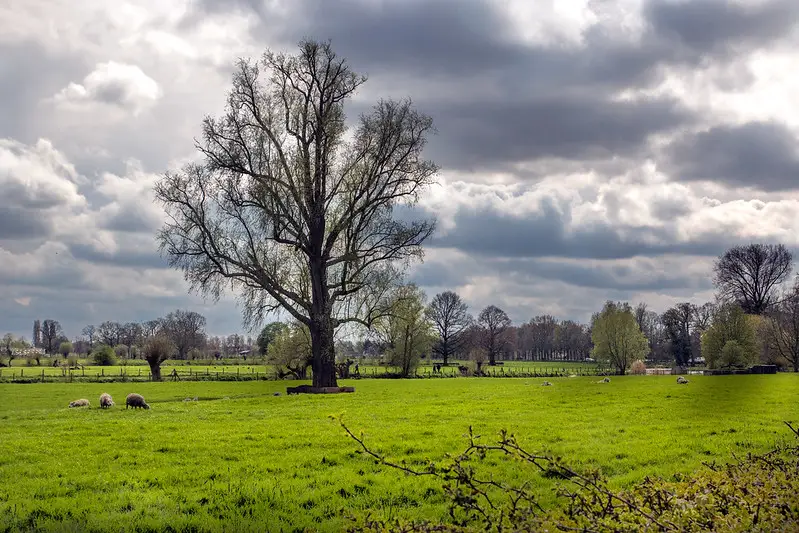
Additionally to hydrating the inner parts of continents; also, trees can purify the air of carbon dioxide, hence guarding the climate. They collect CO2 from the air and keep it, and when they die, part of this gas is re-released into the atmosphere; however, a lot of it stays in the tree.
When we these dead trees, maybe, in the form of coal or gas, we’re releasing this CO2 back into the atmosphere and adding to global warming. Also, we’re releasing a lot of CO2 that the trees can’t sustain – they cannot store it.
As you can realize, without the presence of trees, the earth, as well as its climate, would really less hospitable to humankind.
Chapter 2 – These roots run deep: Trees communicate in a lot of different manners with the forest soil.
Trees aren’t just a significant component of our global climate; also, they’re the foundation for the soil where our food is grown. Also, they communicate with the earth’s soil in a lot of different manners.
Amazingly, most of the earth’s soil is made of trees. When our planet was created, there wasn’t a lot of things present: there were minerals (for example, cliffs and rocks), and air and water. Parts of these cliffs eroded when beaten by rain and wind; and, over time, became a type of gravel or sand. This is the place where single-celled organisms and algae dwelled.
Small plants and ultimately the first trees came after these first biomasses. After the death of these plants and trees died, they decomposed and, with the assistance of little organisms, it became humus (or topsoil), going back to the earth from which they sprang. Therefore, in the form of oil and coal, this ground has the trees that have died long ago.
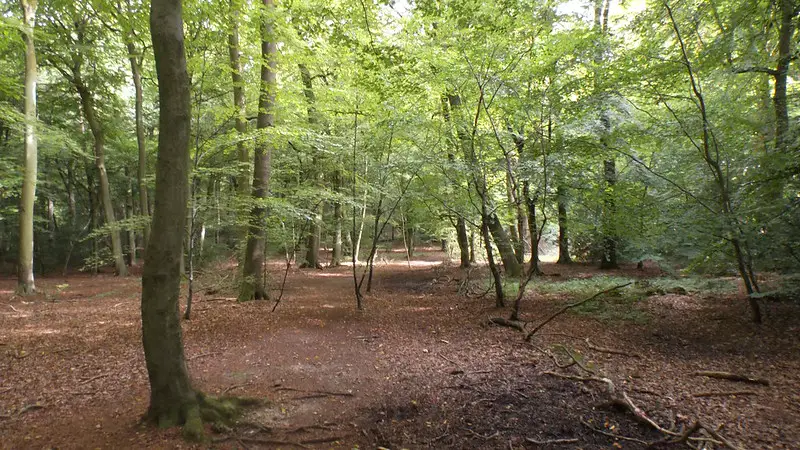
Living trees are linked to the soil in various manners too. They are attached to it through their roots, in which they engross water that is then taken to their leaves for photosynthesis. Also, these roots link trees to each other; it is not rare for two trees that are nearby to share nutrients and information through them. Also, trees form underground associations to fungi, an occurrence that we’ll look at later.
Trees return nutrients to the ground by shedding their leaves in the fall, these nutrients are then utilized by forest-dwellers. Within these nutrients, there are also various kinds of material that the tree doesn’t need anymore. The tree is essentially using the toilet when it loses its leaves.
Chapter 3 – A high incidence of child mortality: the life young trees live is risky.
Without the presence of trees, we won’t have any water to drink, just bad air to breathe and barely any soil. Then it is time to get used to our arboreal friends! What does the life of a tree seem like?
Let’s begin with the origin of a tree’s life. All kinds of trees follow a different reproductive approach. Some trees possess small seeds that are spread by the wind. Other trees like oaks and chestnut trees, have bigger seeds, which are normally spread with the assistance of animals.
Where a seed gets to is determined by chance. Also, every kind of tree likes a different environment. Definitely, these likings are usually determined on if the tree will get the appropriate quantity of light and water, be safeguarded from the wind and positioned in the appropriate kind of soil.
There are kinds of trees that like developing next to one another, an example is birch trees, which require the protection of the forest. And other trees such as poplar trees, that usually stand on their own in meadows, where they can relish an entire day of sun and much space. However, definitely, this endangers them to storms and other risks.
Unluckily, the probabilities of a tree seed enduring are really low. Usually, they land in locations where they can’t grow well or encounter circumstances that hinder their development. For instance, a lot lands in water (a lot of moisture!) or on asphalt (really little moisture!) or are taken to caves by animals, where it doesn’t have adequate sunlight.
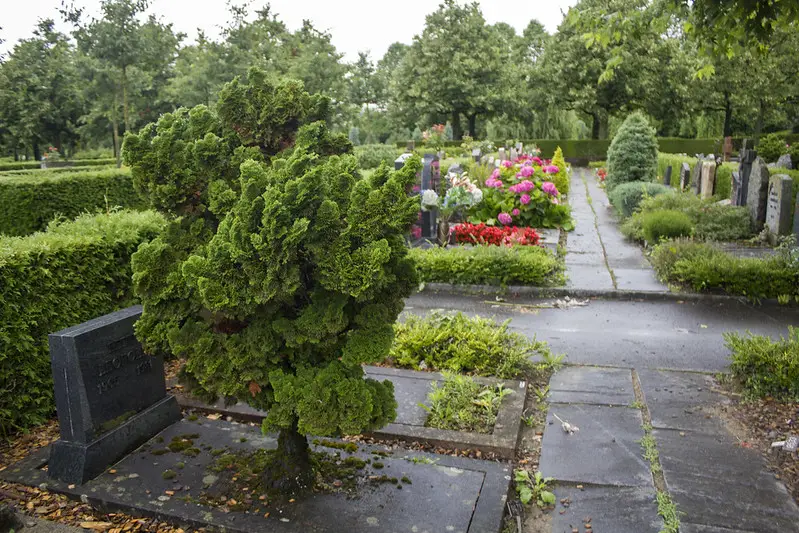
Also, even if the seed lands in a location where it could grow, other risk lies in wait. Perhaps it could be eaten by deer or other animals, crushed to death, damaged by a storm or destroyed by hail. As a matter of fact, over the course of all tree’s life (which can, by the way, last for numerous hundred years) every tree will just raise one child to adulthood. However, immediately a small tree has survived to take root and remain alive for its first years, it will display the type of amazing skills that every tree has.
Chapter 4 – Nursery school: Trees possess personalities and the can learn as well.
Young trees don’t only grow; they form a personality and, as the years go by, they learn more about their surroundings and how they should properly act in it.
Personality differs among trees just like it differs among people. Some are nervous and some are bold. We have a tendency to view trees as doing nothing except what we notice them do. When the weather becomes cold, trees lose their leaves. Spring comes, trees develop buds and leaves. However, it’s not that easy.
For instance, on the author’s land, there are three oak trees developing close together. Each tree’s trunk nearly touches that of its neighbor tree. During autumn, one of the oak trees regularly begins to lose its leaves two weeks before than the others. Because all of them go through the same temperature, the same soil and the same time of the day, those kinds of factors can’t be the explanation. Therefore, what’s wrong? As a matter of fact, this tree is basically more cautious than the other tries. Whoever holds on to their leaves more can undergo more photosynthesis and store more nutrients. But, the more a tree stores its leaves, the more the risk of harm: a tree will become injured if it still holds its leaves during a frost or a freeze.

Trees learn from experience. They have to make so many choices all through their lives. When do they lose their leaves? Where do they allow their roots to develop–toward the east, where can they find be more nutrients in the earth, or toward the west, where there is more moisture?
Trees don’t just make their own choices; they also learn from their errors. For instance, a tree that stored its leaves for a long time for a year will never make this error again. This causes numerous other deductions: trees have to know the temperature and the length of the day and be able to keep their experiences someplace. Clearly, trees don’t possess brains; however, it is believed that in the sensitive tips of their roots they keep records of information and experiences.
However, trees aren’t just smart when it comes to taking care of themselves. Also, they help one another.
Chapter 5 – Chatterbox: Trees communicate in various manners, both with their own type as well as with other creatures.
It’s a good thing that trees can learn to handle the risk of danger since they like to discuss what they’ve learned as well. Trees do this in two approaches: with scents and… with e-mail!
Trees can get in touch not only their own type; however, with other creatures by making use of scent. They produce different pheromones depending on the situation. They can be somewhat ingenious: when, for instance, a Scots pine tree or an elm tree goes through a caterpillar infestation, the tree produces a scent that entices a species of small wasp. Then, these wasps fly to the tree that is affected and they lay their eggs in the caterpillars; and when these eggs hatch, the larvae invade and consume the caterpillars.
This is another interesting illustration: trees have a method of knowing what type of creature is attempting to eat their leaves; they identify them by tasting that creature’s saliva!
Information spreads even quicker through the forest’s own internet. Electric pulses can only travel really slowly in a tree itself. If, for instance, a caterpillar begins eating on a leaf, the leaf’s fibers emit electric signals; these signals spread along the fibers at a rip-roaring speed of one centimeter for each minute.
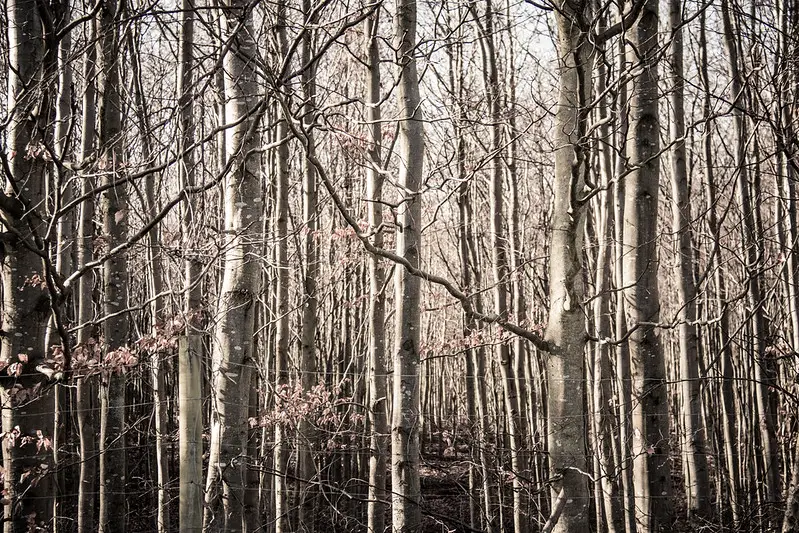
But, under the ground, nearly all trees is connected to countless fungal threads, which can spread electric signals very faster. A fungus can travel itself over numerous miles and therefore link a lot of trees with each other. We understand that trees can send certain electric signals to the fungi and so notify other trees that are close by about insects or drought or other risks.
How that really occurs is still not completely known. However, it is being studied!
Chapter 6 – My friend the tree: Trees assist each other.
Trees aren’t stupid. They depend on their environments and conspecifics and can contact them. Then, it is not a surprise that they assist each other anytime there’s a problem.
Trees usually notify their conspecifics of likely risks, by making use of scent and the “fungi-internet.” Most times, this works really well. On the African Savanna for instance, where giraffes love eating umbrella acacias. In minutes of this occurring to an acacia, it will emit poison in its leaves and, simultaneously, releases ethanol which is a warning gas that warns other trees that are within a 100-meter radius of the invasion.
The giraffes understand this game a lot; in a few minutes, they go off to a different tree that’s about 100 meters away, or they go to the trees that are upwind and keep on eating. However, for a while, the immediate environments of the umbrella acacia are safe against more attacks.
Also, the trees don’t just notify their tree friends about risks; they also cater to the sick and feeble conspecifics with nutrients. For instance, on one occasion the author discovered a really old tree stump. The inside of the tree had rotted a long time ago to topsoil, an obvious indication that the tree had been felled more than 400 years ago. However, the wood outside of the stump was still alive. How was this achievable? Nevertheless, the stump didn’t possess its own leaves to do carry out its photosynthesis.

As a matter of fact, the stump was fed by its fellow tees with nutrients from the root system, and had been for a minimum of 400 years! It is not possible for this stump to heal; however, for trees that are just severely hurt, this system can save lives.
What is the reason why trees do that? It’s easy: it’s better together. Trees require the forest; it guards them against storms, gives them the appropriate microclimate and notifies them of attacks. Therefore, they assist each other.
Chapter 7 – Lucky mushrooms: Trees purposely collaborate with fungi.
We already know that trees make use of fungi to disseminate information in the forest. The fungi do this through their mycelium which is a network of thread-like filaments. However, that’s not everything: trees and fungi collaborate on other levels, as well.
For example, they assist one another to obtain water and nutrients, teamwork that begins when a fungus allows a few filaments to develop into the roots of the tree. Afterward, the process begins: the fungus assists the tree to absorb more water. At times the ground is quite dry, and the tree can’t get adequate water with just its roots. The filaments of the fungus are very finer, enabling them to penetrate more ground, taking water and nutrients and transferring them to “their” tree.
The fungi receive sugar in return– manufactured via photosynthesis – from the tree. It’s a good deal: trees team up fungi store double as much nitrogen and phosphorus – both of which are significant for life – then the trees that don’t have fungal friends.
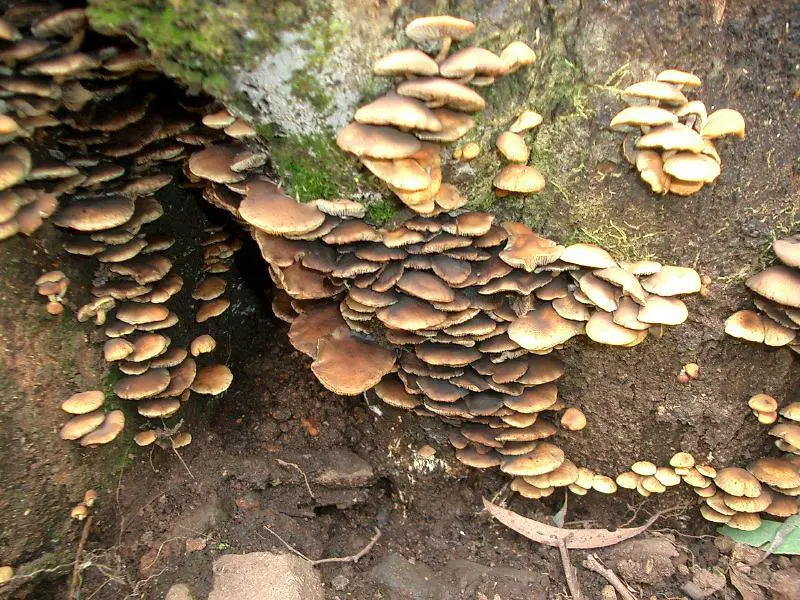
This may look really harmonious. But, when the going becomes hard, the fungi can opt for extreme, deadly measures. Say, for instance, in the ground, the amount of nitrogen there sinks below a specific point, specific fungi can release a poison that kills off the entire microorganisms in the immediate topsoil. These animals are killed and produce the nitrogen that they stored in their bodies in order for it to be available for the fungi and the tree.
Therefore, fungi can make life to be very easy for a tree. Simultaneously, they are also really dangerous at times, as we’ll get to see in the following chapter.
Chapter 8 – That is painful! Trees defend themselves from harm.
We’ve learned how trees notice one another when, for instance, beetles, giraffes or, a little nearer to home, deer attack. The harms that trees endure during those types of attacks are painful – and therefore, somewhat naturally, they want to evade them by all means.
There are various kinds of harms that a tree can go undergo. And the main inflictor of these harms are, definitely, animals: woodpeckers peck holes into the trunk, bark beetles drill through the bark and consume nearly the entire living wood and deer consume young shoots.
Also, little animals can cause severe damage. For instance, Aphids attach themselves to the leaves and suck out their fluid, which has sugar. Unluckily, this fluid, the blood of trees, has really small sugar that the aphids need to drink so much. Also, that whole liquid needs to go somewhere! Perhaps you’ve parked under a tree that aphids are sucking from, and discovered that your car is covered in a sticky mess.
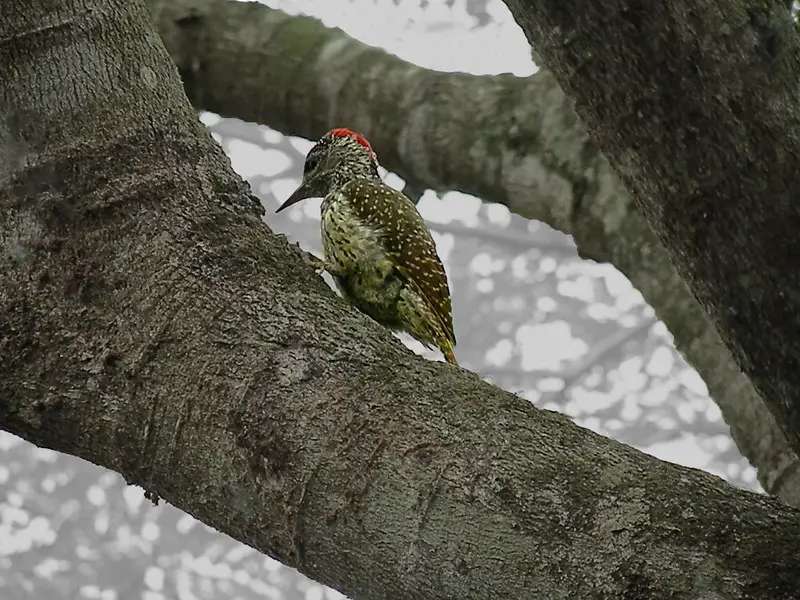
Weather is the other huge threat. A storm can disrupt branches or divide the trunk. Also, hoar frost, snow, and rain pose a risk. Severe weight or cold can strain the limbs really extremely that they come off, making it have an open wound.
So, trees have formed different tactics for coping with these kinds of dangers. For instance, Spruce trees, have arranged their branches in case of when it is strained by the weight of snow, they bend downward, practically lying on top of one another.
Trees, fortunately, don’t get bacterial infections or viruses just like we humans do; however, each harm comprises the risk of a different type of infection: fungus. Immediately the bark is opened, maybe, by a woodpecker or a broken branch, the fungus can get into the tree. The tree attempts immediately to close the opening with new wood (we notice the outcome of these attempts– a growth in the bark – at the edges of holes left by fallen branches). Unluckily, this isn’t precisely a fast process.
Also if the fungus enters the tree, even if it succeeds to heal itself, it won’t live for over 100 years; as soon as the fungus gets it inside, the wood begins to rot and the tree will unavoidably, although maybe slowly, die.
Chapter 9 – Respect: Trees have to be treated humanely just like how animals are.
The picture the majority of the people have of trees is old. Unluckily, the forestry field is also outdated. Nowadays, traditional forestry, practiced nearly everywhere in Germany, does a few things incorrectly.
Definitely, in the forestry field, it’s mainly about making wood. Foresters have for a long had a misunderstanding: they believed that younger trees make more wood faster than old trees. However, this is wrong. Younger trees really grow slower than older trees.
In the majority of the forests, trees are felled when they are close to 100 years old. However, for example, beech trees aren’t sexually mature until they get between the ages of 80 and 150. No working ecosystem can live in forests that just has a few kinds of trees that are meant to be harvested really fast. A lot of things that we learned in the final chapters basically don’t function there. For instance, trees don’t work together with fungi or notify one other of threat. This leads to unhealthy forests that are susceptible to pests and are usually unproductive.
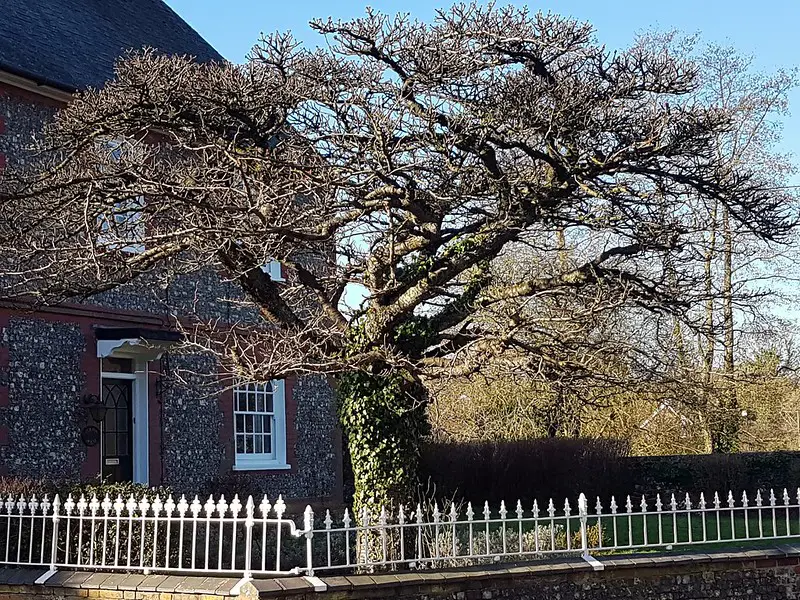
A natural forest is really productive. Also, a forestry field that copies nature makes both higher quantities of and better-quality wood. Let’s go back to the illustration of that tree stump, the tree that was taken care of for several years by its neighbors. This type of collaboration only occurs in naturally grown forests. That is the only place where organisms live in balance.
Therefore, we should cut down trees afterward, and when we cut them down, we should do it cautiously and not only go to the forest with chainsaws. Anyone that knows that trees do possess a memory, that they have feeling and live together with their children, won’t be able to fell trees anytime it’s suitable. This person will search the trees that have satisfied their role in the ecosystem, those inhabiting a place that other trees can quickly grow into and take charge.
The Hidden Life of Trees: What They Feel, How They Communicate – Discoveries from a Secret World by Peter Wohlleben Book Review
Trees are organisms that are really undervalued. They can do so much than is usually understood: they communicate and assist one another, they have feelings and are made to fit properly into their place in their ecosystem. We should respect trees and care about their well-being, just like we do with animals.
